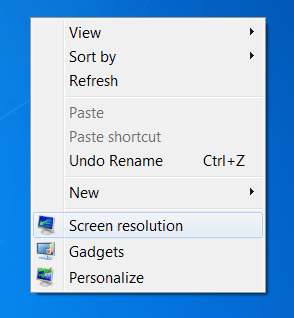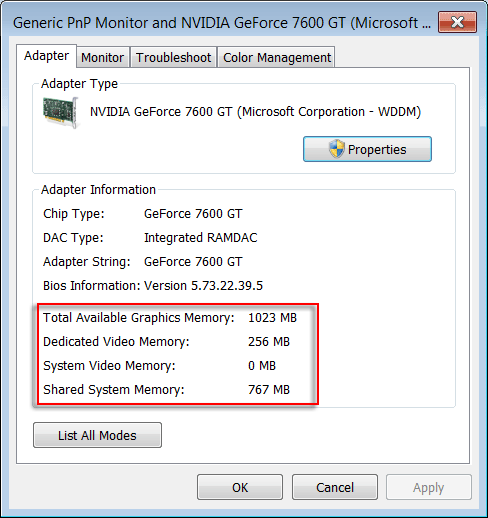-
×InformationWindows update impacting certain printer icons and names. Microsoft is working on a solution.
Click here to learn moreInformationNeed Windows 11 help?Check documents on compatibility, FAQs, upgrade information and available fixes.
Windows 11 Support Center. -
-
×InformationWindows update impacting certain printer icons and names. Microsoft is working on a solution.
Click here to learn moreInformationNeed Windows 11 help?Check documents on compatibility, FAQs, upgrade information and available fixes.
Windows 11 Support Center. -
- HP Community
- Desktops
- Desktop Software and How To Questions
- Is this VRAM advice supported by HP i.e. manual entry of new...

Create an account on the HP Community to personalize your profile and ask a question
07-13-2020 09:16 AM
hello ... just looking to confirm that HP sees the validity and support of the last response on this thread
This relates to the manual entry of new entity in registry
Solved! Go to Solution.
Accepted Solutions
07-15-2020 06:50 AM
HP does not recommend those steps.
07-15-2020 04:59 AM
Hi @govendl3
Welcome to the HP Support Community.
You can not increase the video memory, but you can allocate more virtual memory for your computer to use.
Follow these steps to view video memory information:
-
Right-click an open area of the desktop, then click Screen resolution.

The Screen Resolution window opens.
-
Click Advanced settings.
Figure : Screen Resolution

-
Click the Adapter tab.

The video memory information is displayed under Adapter Information:
-
Total Available Graphics Memory: A combination of all memory available for graphics. The system may not actually be using all of this memory, but it is available when requested.
-
Dedicated Video Memory: Memory set aside for the exclusive use of the graphics adapter.
For Integrated Graphics Cards, this memory is set aside by the BIOS and is subtracted from system memory before Windows 7 is loaded. Windows 7 does not report this as part of total system memory.
For Discrete Graphics Cards, this is the memory that is on the graphics card. It is not subtracted from system memory.
-
System Video Memory: A fixed memory allocation that is subtracted from system memory after Windows 7 loads. Windows 7 reports this as part of total system memory. It is available to software programs.
-
Shared System Memory: An additional pool of memory that may be dynamically allocated and released as needed. This memory is available to programs and may be used for graphics if required.
-
You can't increase the video memory per-se, but you can allocate more virtual memory for your computer to use.
To do this, click start, right click computer>Properties>advanced system settings>advanced>performance>advanced>(virtual memory)>change>
Click a custom size and enter the size of the hard drive space you would like to allocate to virtual memory. I would recommend and initial size of 10000mb and a maximum size of 20000mb. Click apply and reboot your system.
Hope this helps! Keep me posted.
Please click “Accept as Solution” if you feel my post solved your issue, it will help others find the solution.
Click the “Kudos, Thumbs Up" on the bottom right to say “Thanks” for helping
07-15-2020 05:08 AM
Thanks for the reply Jay
Really appreciate it
Have tried your method initially and didn't get result I was looking for.... hence my ongoing search.
I stumbled across the regedit option on a few sites but dismissed it as valid.... until I saw it on a HP thread as well.
I would like to try it so see if it does resolve my problem. But don't want to mess with registry if not needed ....
Do u think it safe to try this regedit option?
I imagine i can always delete the entry if it fails or clean out with a registry cleaner
Thanks
Didn't find what you were looking for? Ask the community
